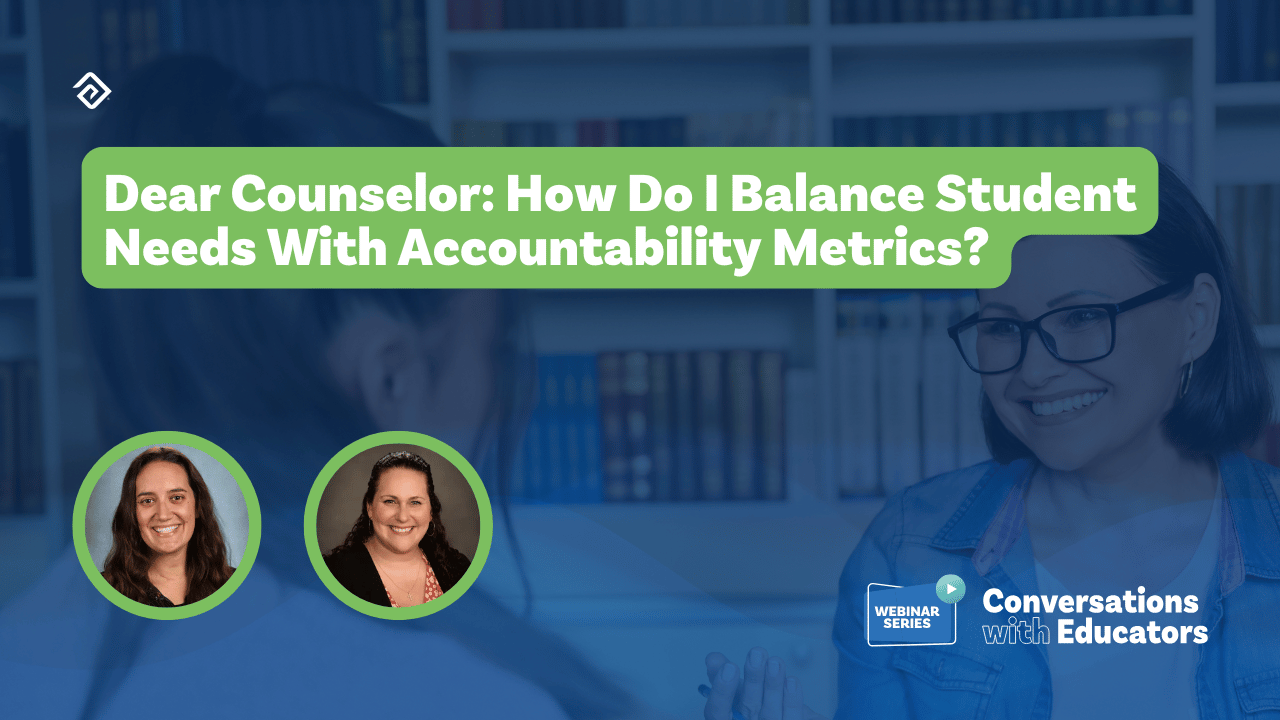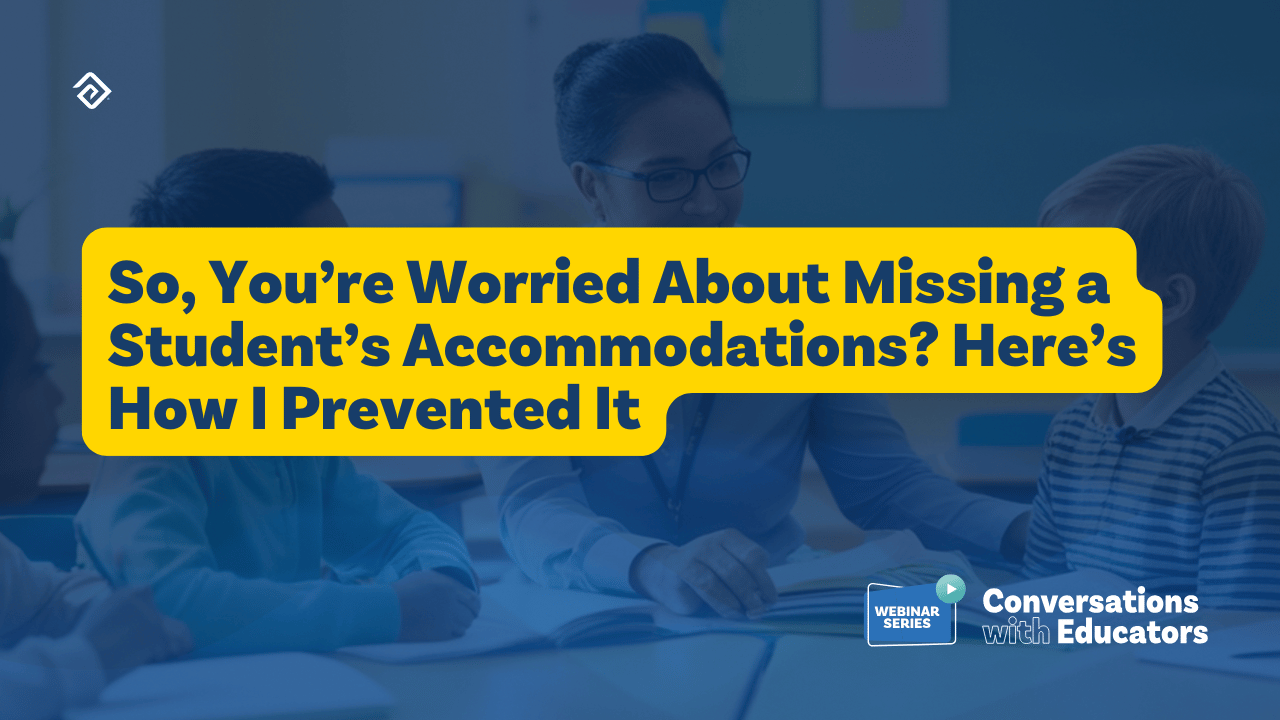Overcoming Learning Barriers: 6 Strategies to Help All Students Succeed

Overcoming learning barriers to help students succeed is important as every student goes through a different learning experience. Here are 6 effective methods for overcoming learning barriers and helping teachers provide greater support to their students.

1. Draw Comparisons and Provide Context
When students connect a topic, concept, or assignment in class to something relevant outside of school, this gives them context to the importance of learning. This method is an effective strategy to provide a foundation for lifelong learning, life skills, and overcoming common barriers in teaching.
Before teaching a specific topic, look for relevant examples outside of school or home for students. A meaningful illustration might relate to a personal interest or situation, creating a powerful connection to the learning process. When a certain skill or task is difficult to understand, draw a parallel to a hobby or other kinds of tasks students do at home or with their peers. Students need to see themselves in the curriculum or understand how it impacts their lives
In connecting everyday situations and experiences to teaching content, students will absorb knowledge easier as this reduces potential barriers to learning.
2. Use Encouraging Tones and Language
Many students encounter an obstacle in school, whether due to an emotional barrier, a learning disability, a cultural barrier, or another learning challenge. It’s common for students to feel discouraged, and they communicate with “I can’t do this” or “I’m going to fail at this.” When teachers help students rephrase those statements to “I can do this” and “I will learn this,” it gives them a better frame of mind by using supportive language.
It’s essential to provide feedback to students and acknowledge the reality of failure, but also the potential to learn from a setback and improve in the long term.
Michael Jordan famously said, “I've missed more than 9,000 shots in my career. I've lost almost 300 games. Twenty-six times, I've been trusted to take the game winning shot and missed. I've failed over and over and over again in my life. And that is why I succeed."
When students have the mindset that mistakes are opportunities for growth and improvement, they will see greater potential in every effort they make and more possibilities for learning.
3. Establish Confidence in Students
When teachers believe in the potential of their students' learning, they have a solid platform to overcome some common learning barriers to online learning and challenges with specific learning disabilities. Help build that confidence by forming strong relationships with students so they see that their teacher cares about them and wants them to succeed.
Students thrive with consistent reassurance and support from teachers, school administrators, and peers. When teachers prioritize students’ success, students strive to achieve more in the classroom.
4. Set Milestones for Assessment and Reflection
The learning process requires continuous assessment to ensure that students are gaining the skills needed for academic success and fulfilling students' learning needs.
Assessments are essential in determining what students learn well and understand. This process gives teachers a better overview of what students understand and what needs to be retaught.
These assessments don’t have to be long or tedious but fun quizzes or exercises with students to gauge student understanding of the material and satisfaction. This process will not only remove learning barriers but create a better learning experience for students.
5. Offer Interactive Learning Opportunities
Case studies, real-life examples, and life-changing events are great opportunities to expand learning for students and give them a realistic view of how building skills will contribute to their future success. It’s a meaningful way to establish a pathway to lifelong learning while instilling enthusiasm in students to apply what they learn to practical scenarios and personal challenges.
When students face individual struggles, they will have helpful tools acquired from learning for problem-solving everyday situations. When students face hardship, a missed exam, or a specific hurdle on a subject, it’s important to offer alternative solutions, where available, to break down major learning barriers. Hence, they have a more straightforward path toward greater achievement.
This practice enables kids to develop critical thinking skills when they need to find new solutions for problems they encounter in their lives and into adulthood.
6. Remove or Limit Distractions
When course material is engaging and relevant, it’s easier to hold students’ interest. However, distractions can impact the quality of their learning—for example, by creating classroom norms and expectations for smartphone use in class, for limiting smartphone use in class, teachers can help students focus on the topic at hand. While reducing distractions won’t remove all barriers to learning, it’s a better way to encourage social skills when discussing topics in class. It’s also an opportunity to create more fun, interactive activities that increase interest in students so that they will have an easier time understanding in class.
Guide Students Toward Finding Their Way
Empowering students gives them the confidence to establish their goals and find their own way. Teachers can guide students by creating a supportive learning environment as strong role models so students can reach beyond potential barriers towards higher education and other pathways.
By instilling a sense of direction, teachers can guide students to think about what they want to achieve and consider their future options. They can pose questions such as, “what type of experience does this remind you of?”, “Where have you seen this before?” and “what can you connect this with?” These questions help students draw connections between what they learn and practical life skills.
Such questions provoke deeper reflection and thinking about how subjects in class can translate into long-term learning possibilities.
Summary
There are many effective methods to help support students through complex topics and overcome obstacles in learning. It’s also essential to break down topics into more straightforward, easier modules to learn and absorb, which can be less overwhelming for students while creating a more consistent pace throughout the course. While overcoming learning barriers presents many challenges for teachers, students, and parents, students can find new, more effective ways to learn and plan for their future with the right tools, teacher supports, and creative ideas.
If your school is interested in new ways to improve the learning experience for children, you may also be interested in automating tasks and streamlining processes so that your teachers have more time to teach. Education Advanced offers an extensive suite of tools that may be able to help. For example, three of our most popular and effective tools are:
- Cardonex, our master schedule software, helps schools save time on building master schedules. Many schools used to spend weeks using whiteboards to organize the right students, teachers, and classrooms into the correct order so that students could graduate on time and get their preferred classes. However, Cardonex can now be used to automate this task and deliver 90% of students' first-choice courses within a couple of days.
- Testhound, our test accommodation software, helps schools coordinate thousands of students across all state and local K-12 school assessments while taking into account dozens of accommodations (reading disabilities, physical disabilities, translations, etc.) for students.
- Evaluation is a solution for documenting every step of the staff evaluation process, including walk-throughs, self-evaluations, supporting evidence, reporting and performance analytics.
- Pathways is a graduation tracking tool that allows administrators and counselors to create, track, and analyze graduation pathways to ensure secondary students are on track to graduate.


More Great Content
We know you'll love



